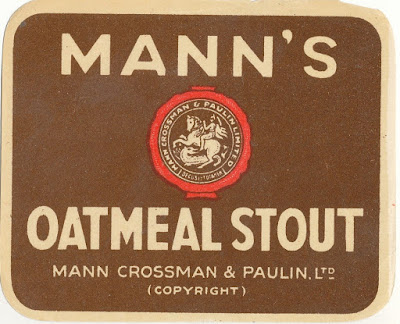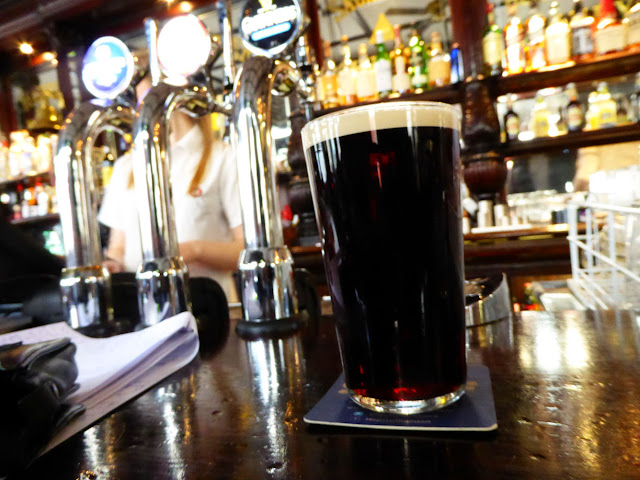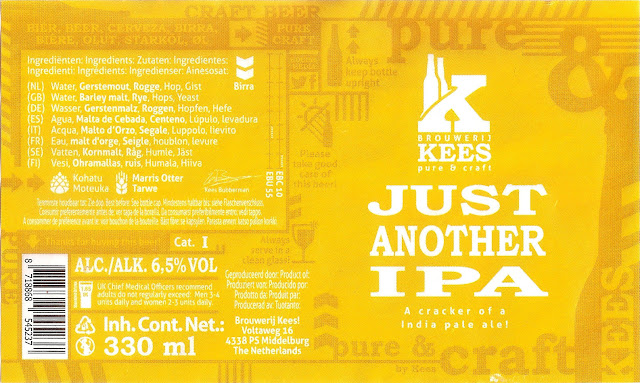Below are some excerpts from Camerons chairman’s speech at their 1955 annual general meeting. And it reveals something about the difficulties of the immediate post-war period.
“As you will have read in the Press building licences are no longer required and we are faced with a heavy programme of expenditure on which have been maturing for some years past, but even now these cannot be carried out faster than the resources of the company permit.
New buildings
I was able to report last year that we were about to commence building our first post-war public house, the Powlett Hotel, West Hartlepool, and you will be pleased to know that this house which was entirely erected by our own works’ department staff, was open for business on November 29 1954, and is proving a successful venture. At the moment, we have four further houses under construction in different areas, and negotiations are proceeding for the erection further properties. Unfortunately, there is no sign any fall in building costs, and, as long as they remain at the extremely high level of today, many amenities we should like to provide in our houses will have to be forgone.”
Yorkshire Post and Leeds Intelligencer - Friday 21 January 1955, page 9.
The Powlett Hotel currently seems to be a Spar supermarket. And to have been severely buggered about. It was locally listed until 2012 when there seem to have been drastic alterations. Originally it was quite an attractive building in a vaguely Georgian style.
It’s significant that it had taken Camerons almost a decade after the end of the war to build a new pub. Presumably the need for a building licence was one of the reasons they took so long.
“You will be pleased to know that John J. Hunt Limited, a subsidiary company, won a first prize at the Brewers’ Exhibition in October last for their Regal Stout, for which we are all grateful to their head brewer Mr. Whitmore. Consequent upon the closure of the Scarborough brewery, we rearranged our bottling plant at York and this is now reaping the benefits, particularly with the increased sales of Regal Stout, which is giving much satisfaction to customers throughout the area.
Although the public have so many other commitments these days, particularly in relation to hire purchase. is interesting to note that our customers have continued demand the higher gravity beers, both in draught and in bottle, although this generally entails a reduction in the overall quantity. Our bottled beer trade is giving satisfaction and sales are up in the 12 months under review: but here again, it has been proved that the public do not drink the quantity of bottled beer that they do when they drink draught.”
Yorkshire Post and Leeds Intelligencer - Friday 21 January 1955, page 9.
The brewery of John J. Hunt was in York. Regal Stout, according the label, contained lactose. Here are some analyses of it and other Camerons beers:
| John J. Hunt and Camerons beers 1953 - 1963 | |||||||||
| Year | Brewer | Beer | Style | Price per pint | OG | FG | ABV | App. Atten-uation | colour |
| 1959 | John J. Hunt | Regal Stout | Stout | 30d | 1039.4 | 1013.3 | 3.37 | 66.24% | 275 |
| 1953 | Camerons | Sovereign Stout | Stout | 26d | 1044.3 | 1009.6 | 4.51 | 78.33% | 1R + 17B |
| 1953 | Camerons | Sovereign Stout | Stout | 28d | 1047.3 | 1018.6 | 3.70 | 60.68% | 1 + 15 |
| 1959 | Camerons | Ebor Light Ale | Light Ale | 24d | 1036.8 | 1011.9 | 3.11 | 67.66% | 24 |
| 1963 | Camerons | Regal Stout | Stout | 28d | 1041 | 1015.7 | 3.16 | 61.71% | 225 |
| Source: | |||||||||
| Whitbread Gravity book held at the London Metropolitan Archives, document number LMA/4453/D/02/002. | |||||||||
This is particularly fascinating:
“Country inns
I have recently read remarks in the press by an eminent brewery chairman to the effect that he hopes that the rural district council authorities would not be too insistent in their demands regarding the standards to be maintained by the smaller type of country house.
I fear, however, that it hopeless expressing this half pious hope, as while we wait for a decision by the authority concerned, houses such as this continue to lose money rapidly.
Much as the brewers would like to continue to keep many of these inns open, they are, after all, businessmen, and there seems to be a good deal of philanthropy in this expression.
As far as your company is concerned, the best thing to do with many these licences will be sell them off to those who will buy them with some purpose in view, such as poultry farming, etc., and be rid of what is undoubtedly an incubus to the average brewer who, owing to amalgamations and mergers, finds that he has been left with too many country inns.
Yorkshire Post and Leeds Intelligencer - Friday 21 January 1955, page 9.
What the chairman is saying is that the company has ended up with too many small, uneconomical country pubs as a result of buying other breweries. Isn’t that what happened to Watney after they took over all three Norwich breweries?








































































































